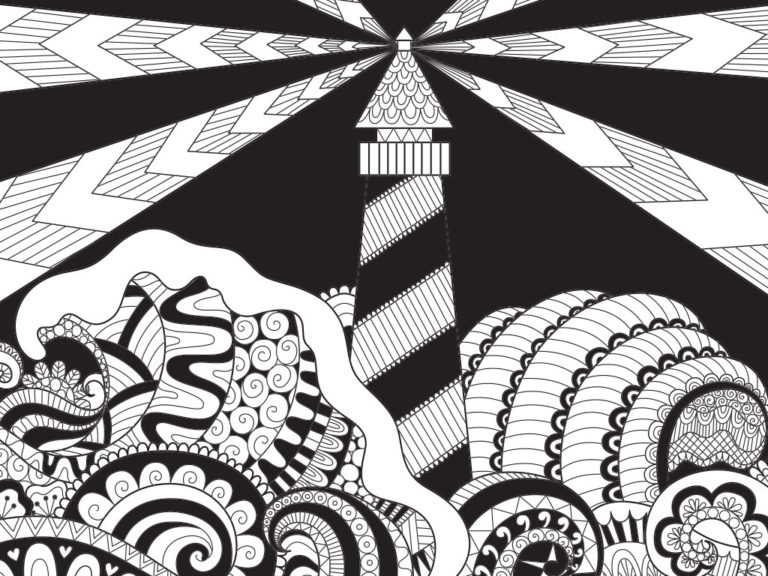Were you told to color inside the lines or to lip synch when you sang? When childhood creativity is squelched, the struggle continues into adulthood. It’s time to unleash your inner creative child and here’s why.
The Benefits Of Play And Creative Tools Are Many
Coloring books, crayons, paints, clay, paint brushes, colored pencils, notepads, stickers and building blocks are staples in the playrooms of children. How many adults have them for their own use? Drums, other percussion instruments and your voice are also creative tools. When was the last time you engaged in what might be considered child’s play, unless you are joining children or grandchildren or those you babysit?
- Stress relief
- Becoming a more effective problem solver
- Being in the here and now
- A sense of accomplishment
- Hands on meditation
- Operating without rules
- Having fun
- If in the company of others, a sense of community
- Enhancing resilience and physical vitality
- Improving the powers of observation
Creative Tools Improve Recovery
Cognitive psychologist Scott Barry Kaufman’s newest book on creativity and the human mind, (co-authored with Carolyn Gregoire) expresses that creative people share these qualities in common:
- Imaginative Play
- Passion
- Daydreaming
- Solitude
- Intuition
- Openness to Experience
- Mindfulness
- Sensitivity
- Turning Adversity into Advantage
- Thinking Differently
Kaufman, who is the Scientific Director of the Imagination Institute, has done extensive research on the topic and discovered that creative people are able to “go beyond what is to seeing what things could be, and adds, “Imagination is undervalued in our society.”
Imagination People Makes Successful
When Susan was a child, she was surrounded by creative catalysts that included her parents who would make up silly songs with her, dolls with whom she would act out plays, blankets that when draped over dining room chairs and twin beds would morph into tents, empty boxes became child size cars, her bicycle into a horse, hair brushes transformed into microphones into which she would belt out songs in the mirror as she imagined herself a rock star on stage. As an adult, she became a writer and graphic artist, loves her work and is well compensated for her talents.
Stifling Creativity Can Be Damaging
John grew up in a home in which only hard work and academic achievement was valued. John was passionate about music. His father wanted him to get an education so he didn’t end up “a working stiff like your old man.” John’s father told him that “musicians are bums and druggies.” John graduated at the top of his class and got a job that paid well but left him too tired at the end of the day to pursue his musical career. To cope with his own despair at feeling his talents going to waste, he would go to bars to hear other musicians perform and simultaneously drown his sorrows.
How To Unlock Your Inner Creativity
- Take time daily to observe your environment and jot down what you see, hear, taste, smell and touch as you make it a full sensory experience
- Journal about your varying emotional states
- Write a poem (it doesn’t have to rhyme)
- Sing along to the radio and make up for in enthusiasm what you may lack in formal training or talent
- Take an object and list all of the things you can make from it
- Cook without a recipe
- Make up a song and sing it in the car or shower
- Dance in the living room to your favorite rock anthem
- Gather together magazines, scissors, glue stick and poster board and create a treasure map or vision board that contains images and words that represent what you are calling into your life





















